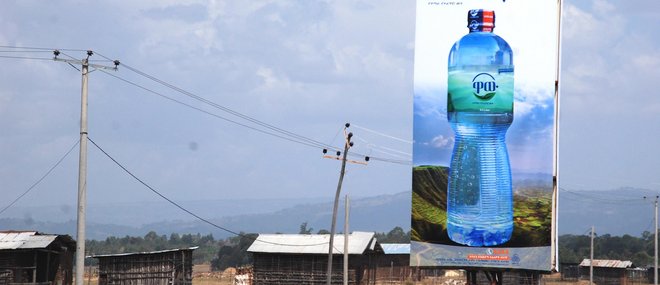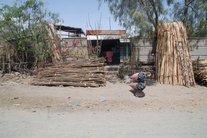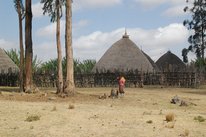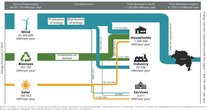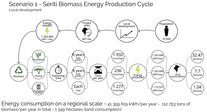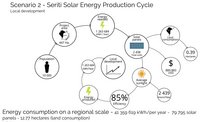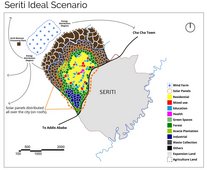Rural Urban Metabolism
Metabolism-based Planning Strategies for Rural-Urban
Transformation in Ethiopia
Design Studio
The transformation from a mainly agricultural society to industrialization in Ethiopia is linked to substantial challenges in providing or generating resources. Both natural resources available on a local or regional level, as well as processed industrial goods that may be imported or produced nationally, mean an immense flow of material and energy provided to urban systems with every building activity. The effect on human and natural environment, and also - as we know from natural science and climate research - on global climate, is obvious but hardly considered in the creation of urban plans.
The existing assumption that developing countries can become more sustainable by leapfrogging critical phases of development experienced in the global North requires revision and a new understanding of the limits of growth that our “western” cities have undergone until today. The Millennium Development Goals of the United Nations are setting a framework to foster sustainable development world-wide and the question of paradigm-shifts seems urgent. Particularly in Ethiopia – one of the countries with an (still) excellent ecological footprint.
To better understand interdependencies between growing settlements and processual extraction and accumulation of resources, since 2017 we have been offering our students a series of study projects. What is the impact of urbanization on natural systems and resources like water, food, energy, building material, and land? Where do resources come from and how are they related to the process of urbanization and land? Based on these questions, students worked with the framework of urban metabolism to understand the relation between flows of materials and energy in cities and between natural and human systems. Participants developed different urban growth and development models, calculating resource availability and material flows. Based on parametric design models, the scenarios were related to different combinations of material input, processing, and community based principles for rural-urban transformation as well as limits of growth.
Collaborating teachers:
Philippe Schmidt, Sven Schneider, Reinhard König, Martin Dennemark, Abdulmalik Abdulmawla, Asgedom Haile, Zegeye Cherenet, Ephrem Gebremariam

